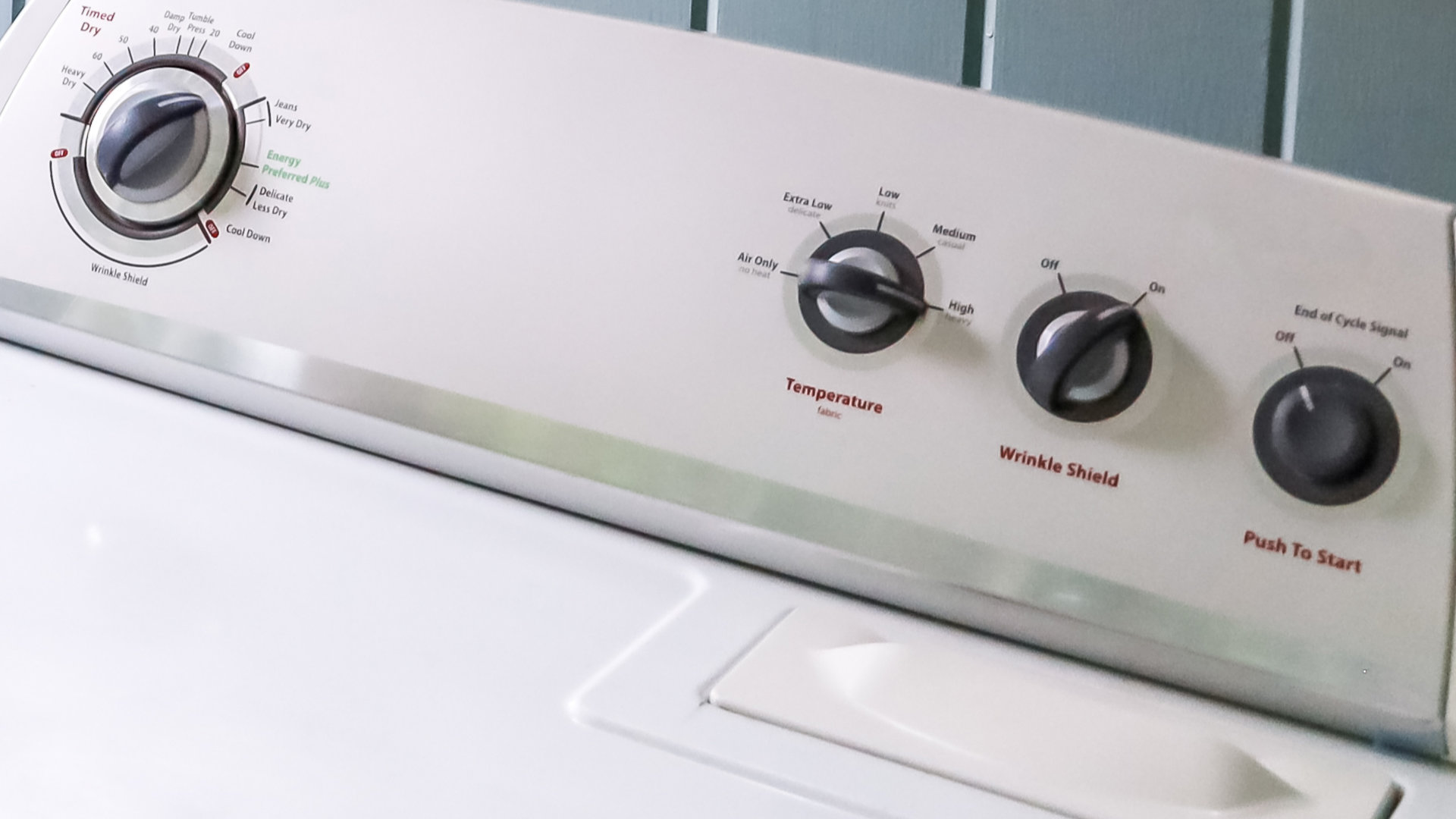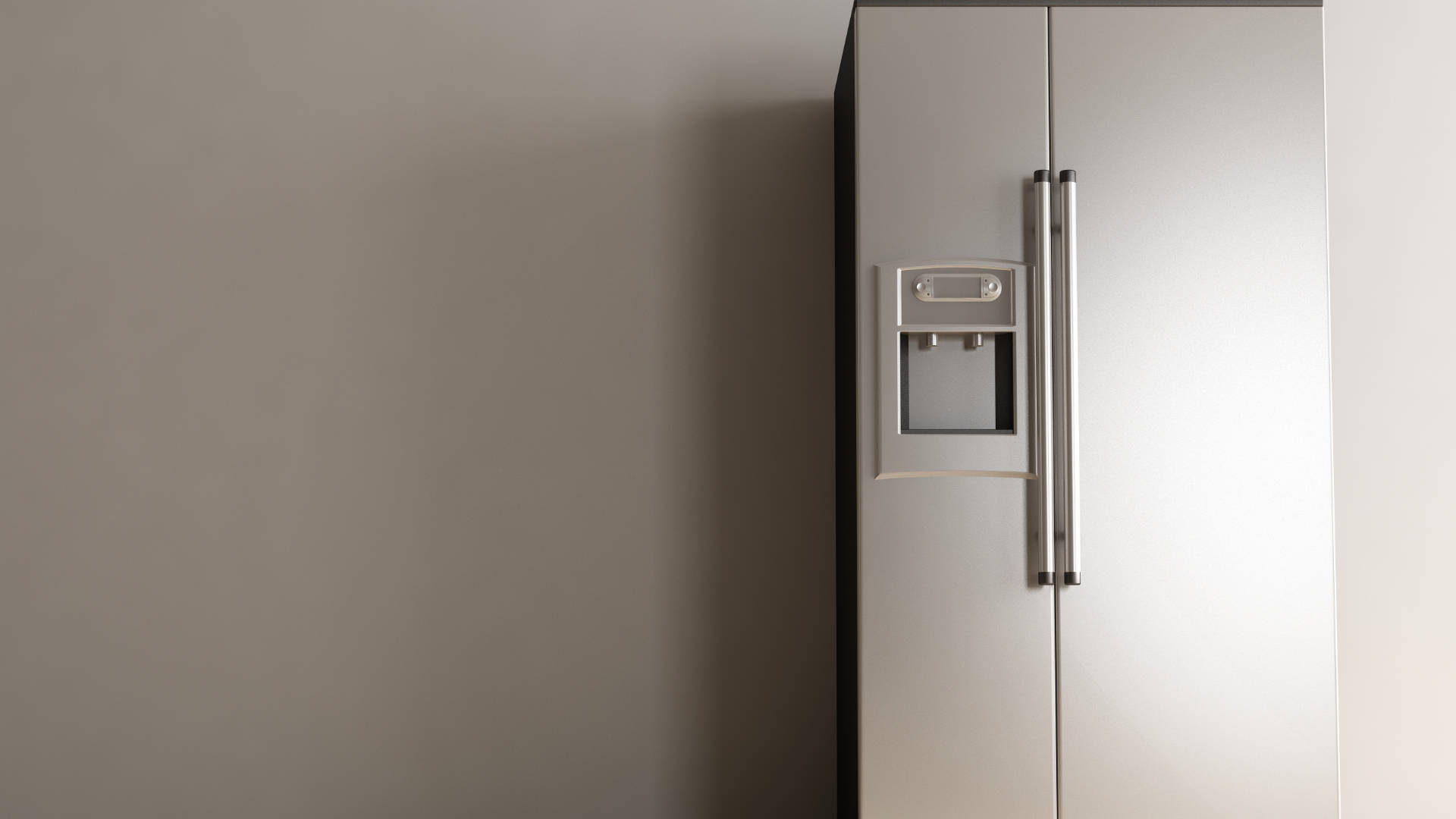
If your refrigerator is making a rattling noise, it could be part of normal operations caused by the compressor or condenser fan. However, if the rattling noise is excessive and irritating, the rattling is most likely caused by either the drain pan, condenser fan blades, defrost timer, or compressor.
Before reading on, make sure that the rattling is not caused by dishes inside or on top of the refrigerator. Also, check that the rattling is not caused by the ice maker. If your refrigerator has an ice maker, it will sometimes make a rattling sound because the water line has frozen. The water line will need to be defrosted to solve the issue. Water pressure that is too high may also cause the ice maker to rattle.
1. Drain Pan
The drain pan or water tray collects condensation and water that drips off the condenser coils. The water in the drain pan evaporates thanks to the warmth of the compressor motor and condenser coils. If the rattling is coming from the bottom of the refrigerator, it may be caused by the drain pan.
Over time, the vibration of the refrigerator can dislodge the drain pan and cause it to rattle. The drain pan’s supports can also wear and cause the issue. If the drain pan is causing the issue, it is reasonably easy to fix; simply reposition the drain pan. Also, check that the supports are not bent or damaged. The drain pan is located at the bottom of the refrigerator, usually accessible by removing the front grille.
2. Condenser Fan Blades
The refrigerator’s condenser fan uses outside air to cool the condenser coils and the compressor. Located at ground level on most refrigerators, the condenser fan can become covered in dust and debris that cause a rattling or buzzing sound. If the condenser fan and coils become covered in dust and debris, the refrigerator temperature will often be warmer than usual, and the refrigerator may be turning off regularly.
The condenser fan and coils should be cleaned every six months to a year. To access the condenser fan, you will need to pull the fridge out and remove the rear access panel. If your refrigerator has condenser coils on the back of the refrigerator, it most likely does not have a condenser fan.
To check the condenser fan:
- Disconnect the refrigerator from the power source.
- Move the fridge out so that you can access the rear access panel.
- If there is an ice maker in the refrigerator, the water supply line may need to be disconnected to access the rear access panel. Make sure the water supply is turned off.
- Unscrew the rear access panel and locate the condenser fan.
- Clean the condenser fan. A vacuum cleaner with a brush attachment or a condenser coil cleaning brush can be used to clean the condenser coils.
- Check the fan blades for damage. If the blade is damaged, it should be replaced.
- Rotate the fan blade. If it cannot turn freely, the motor is likely defective and will need to be replaced.
- Check that the fan blade is not loose or scraping against a panel or bracket and causing the rattling sound.
- Check the fan motor grommet for signs of wear and tear that may be causing the rattling sound. Replace a worn-out grommet.
3. Defrost Timer Motor
The defrost timer in your refrigerator shuts off the compressor and evaporator fan motors to rid the refrigerator of frost. It works by opening and closing internal contacts that control the electric current flowing to the compressor and the defrost heating elements.
Over time, the defrost motor that operates the timer may start making a rattling sound. If the motor is failing, it may also make a scraping or ticking sound and cause a buildup of frost on the evaporator coils. If the defrost timer is causing the rattling, it will need to be replaced to solve the issue.
Depending on the model, the defrost timer can be located in several different locations. On most refrigerators, you will need to access the temperature or thermostat control box inside the refrigerator. On other models, it may be behind the control panel or require the bottom kick plate to be removed. Check the refrigerator’s manual for the location of the defrost timer for your specific model. Make sure to disconnect the refrigerator from the power source before accessing the defrost timer.
The defrost timer can be tested with a multimeter. However, it can be a complicated procedure, which will depend on whether you have an adaptive defrost control board or a manual defrost timer. Therefore, the test is best left to a trained professional.
4. The Compressor
The refrigerator’s compressor pumps refrigerant through the condenser coils and evaporator coils. As part of normal operations, the compressor may make a rattling noise as it turns on and off throughout the day. However, if the compressor is making excessive noise, it is likely failing and may soon need to be replaced. Replacing the compressor is usually expensive to the point that purchasing a new refrigerator may be the most cost-efficient option.
Unfortunately, if the compressor is making a rattling noise, you may have to replace it or the refrigerator to solve the issue. The only good news is that the compressor should still continue to work for a reasonable period of time. The question is whether you are prepared to put up with the noise
How long the refrigerator continues to work and whether you should replace the compressor will depend on the age of the refrigerator. If the refrigerator is nearing the end of its 10-15 year lifespan, replacing the refrigerator is likely the better option.
Make sure to disconnect the power to the refrigerator before accessing the compressor.

How to Reset a Whirlpool Refrigerator Ice Maker
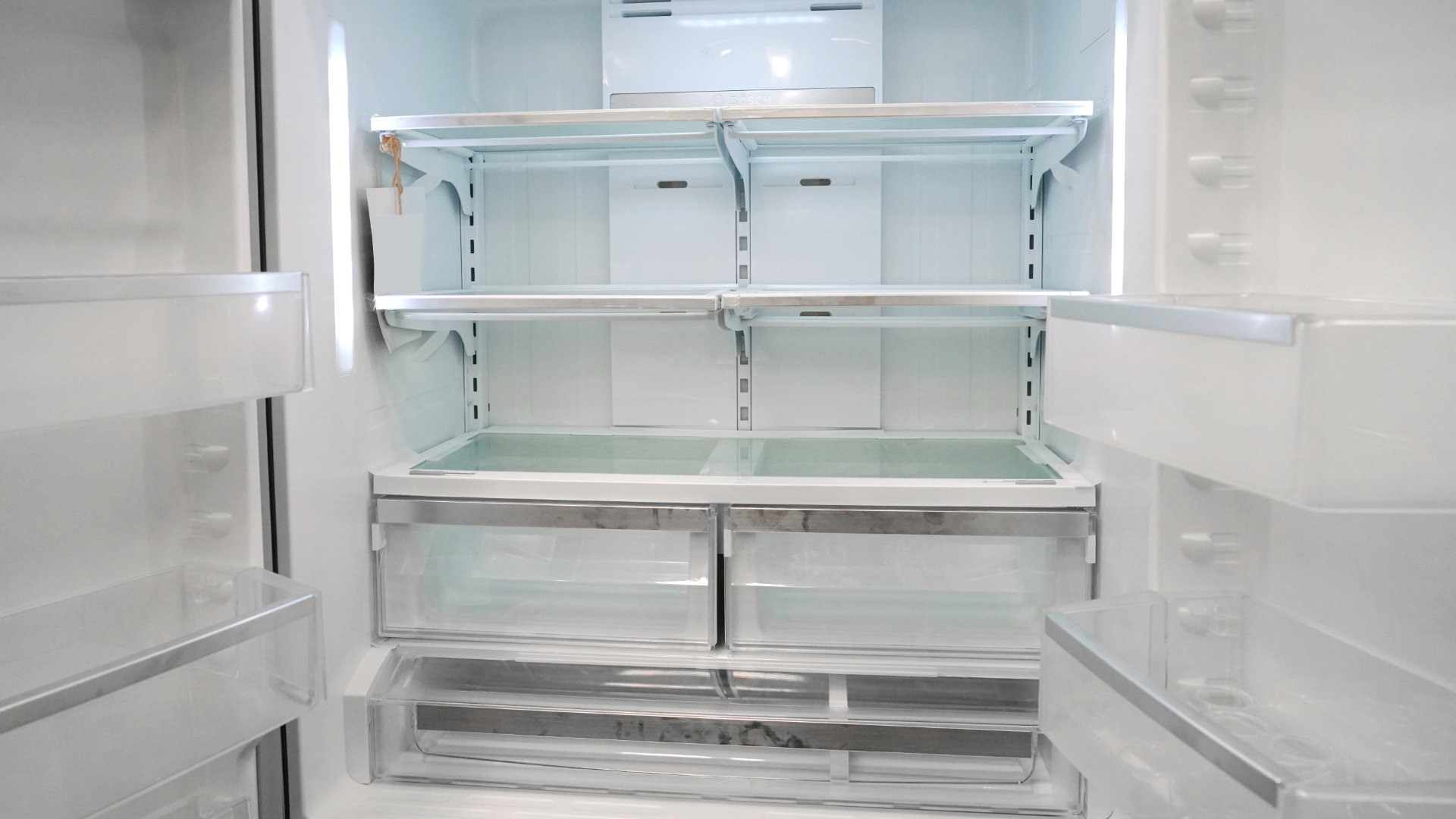
6 Reasons Your LG Refrigerator Is Not Making Ice

Kenmore Fridge Ice Maker Not Working? 5 Ways to Fix It

How to Remove Fish Smell from Your Refrigerator
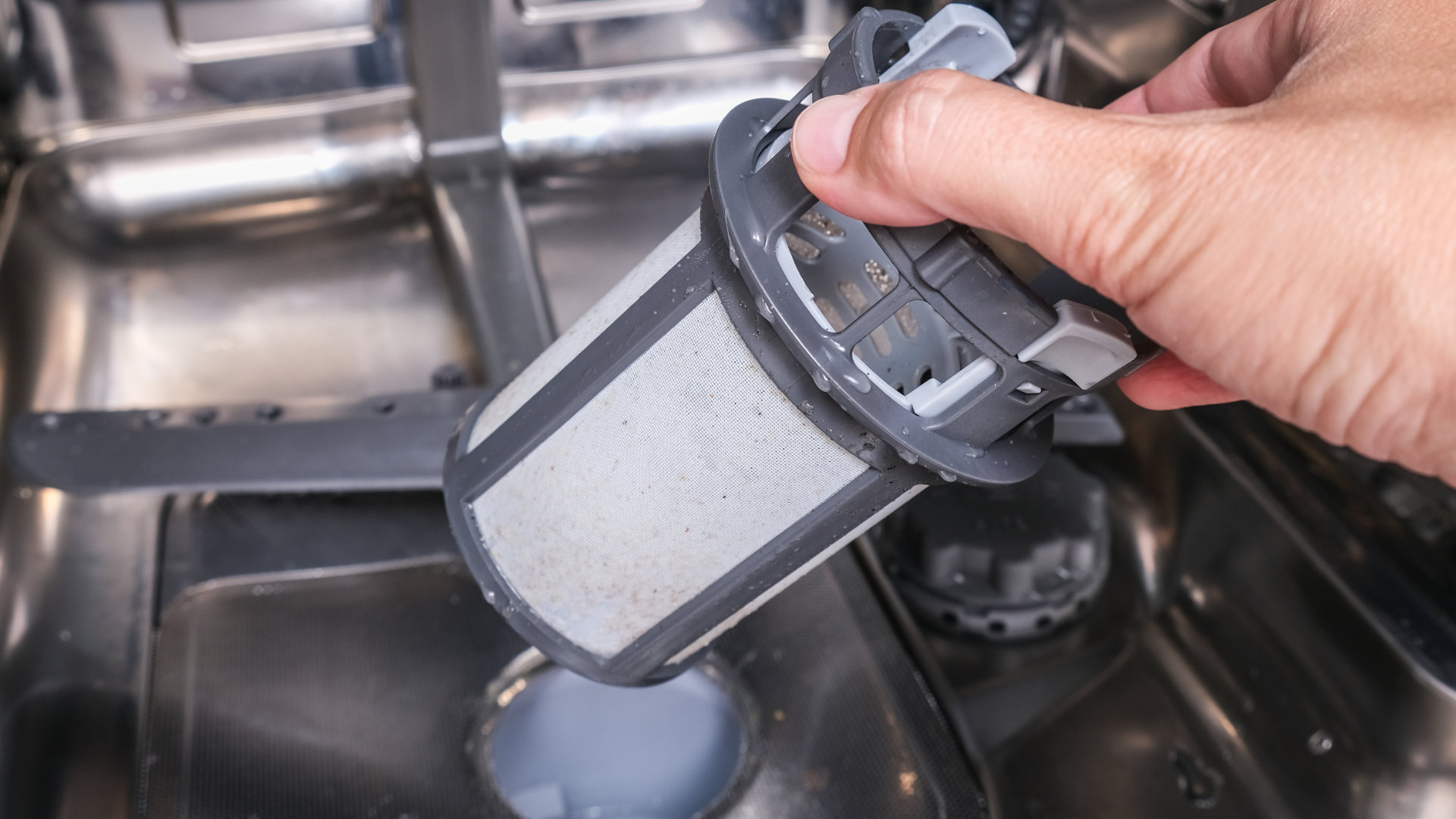
How To Fix Bosch Dishwasher E24 Error

Troubleshooting a Whirlpool Dishwasher Not Draining
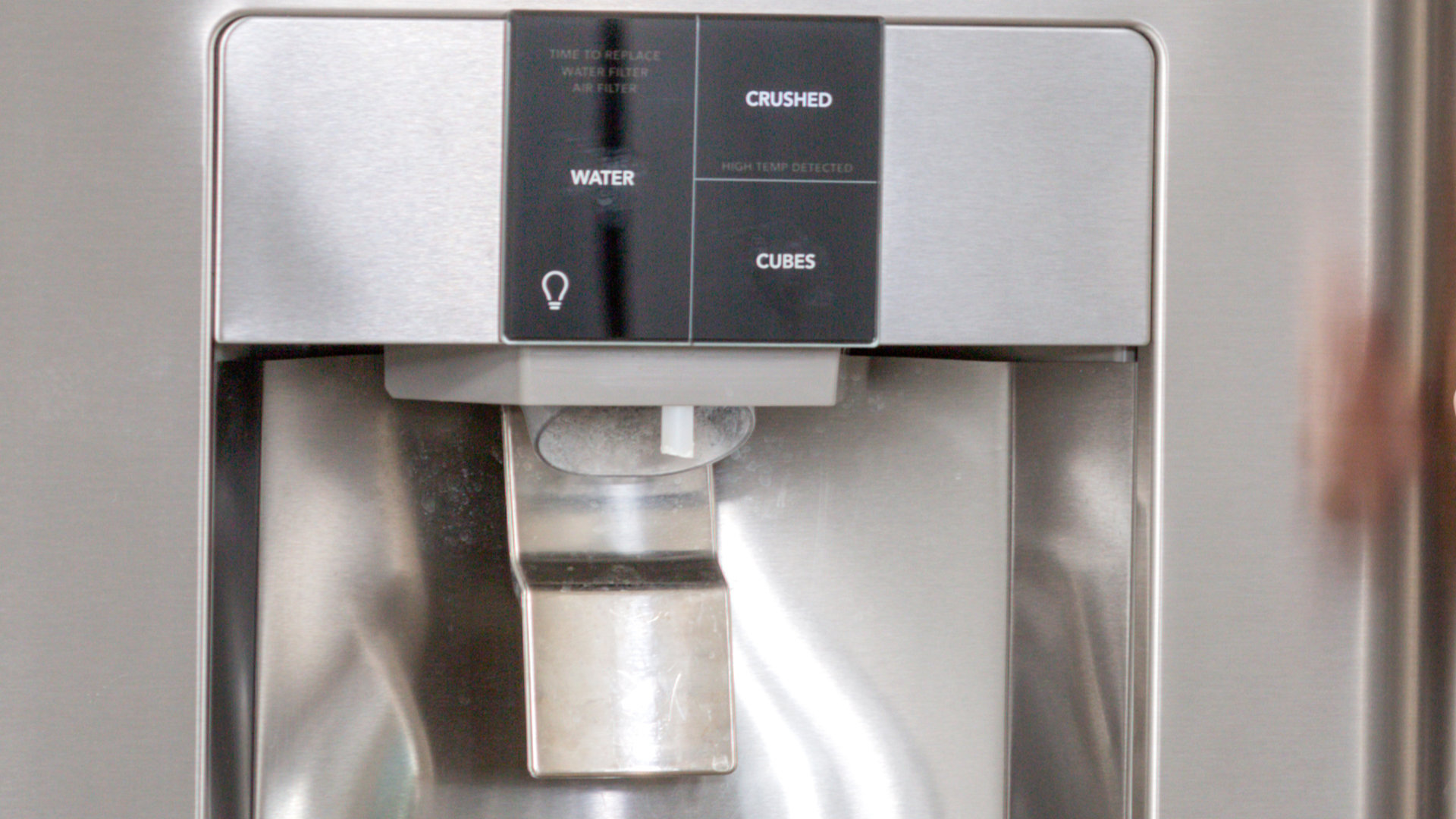
Why Is Your Fridge Water Not Working, but Ice Is?
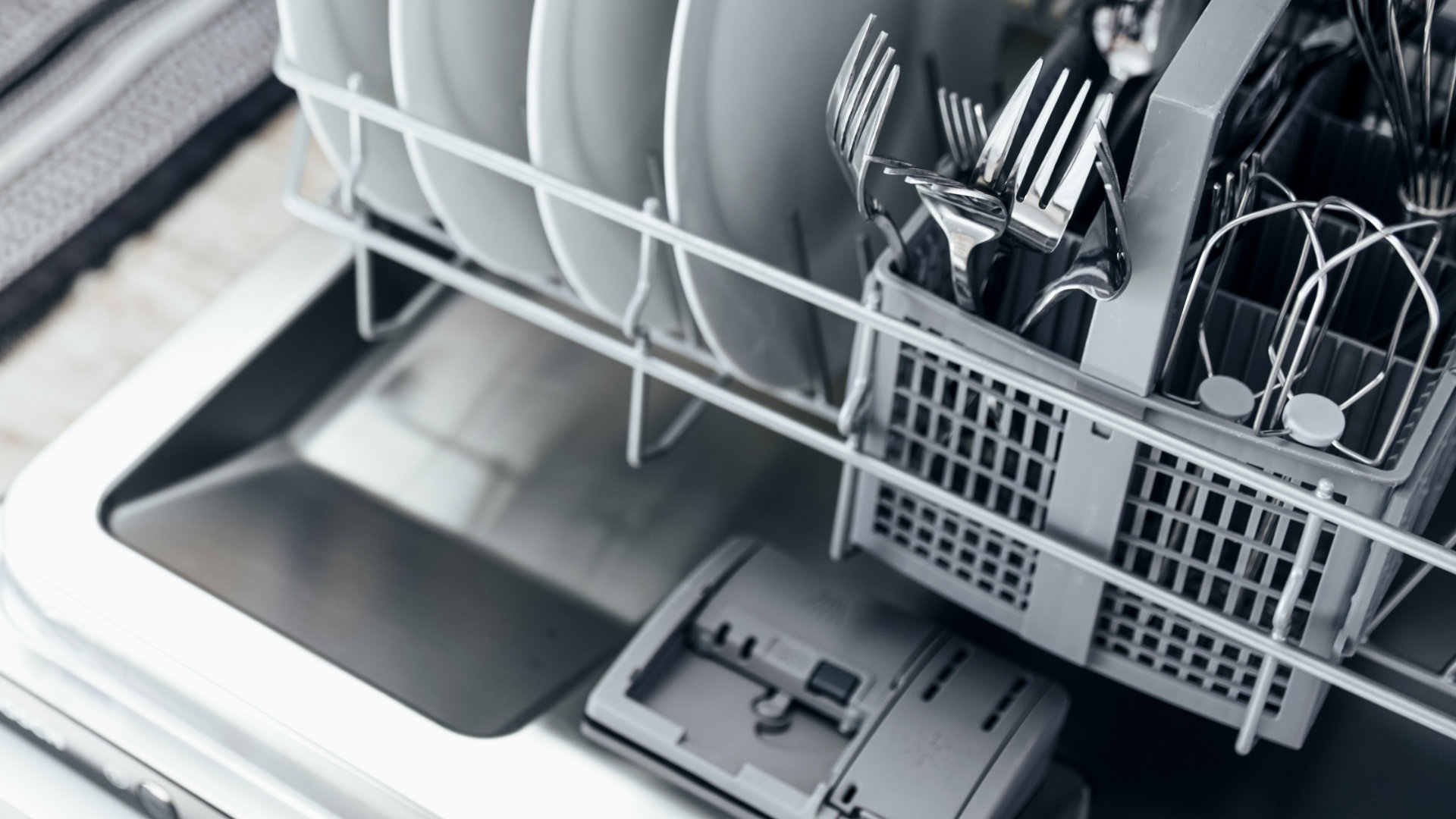
How to Fix the E15 Bosch Dishwasher Error Code
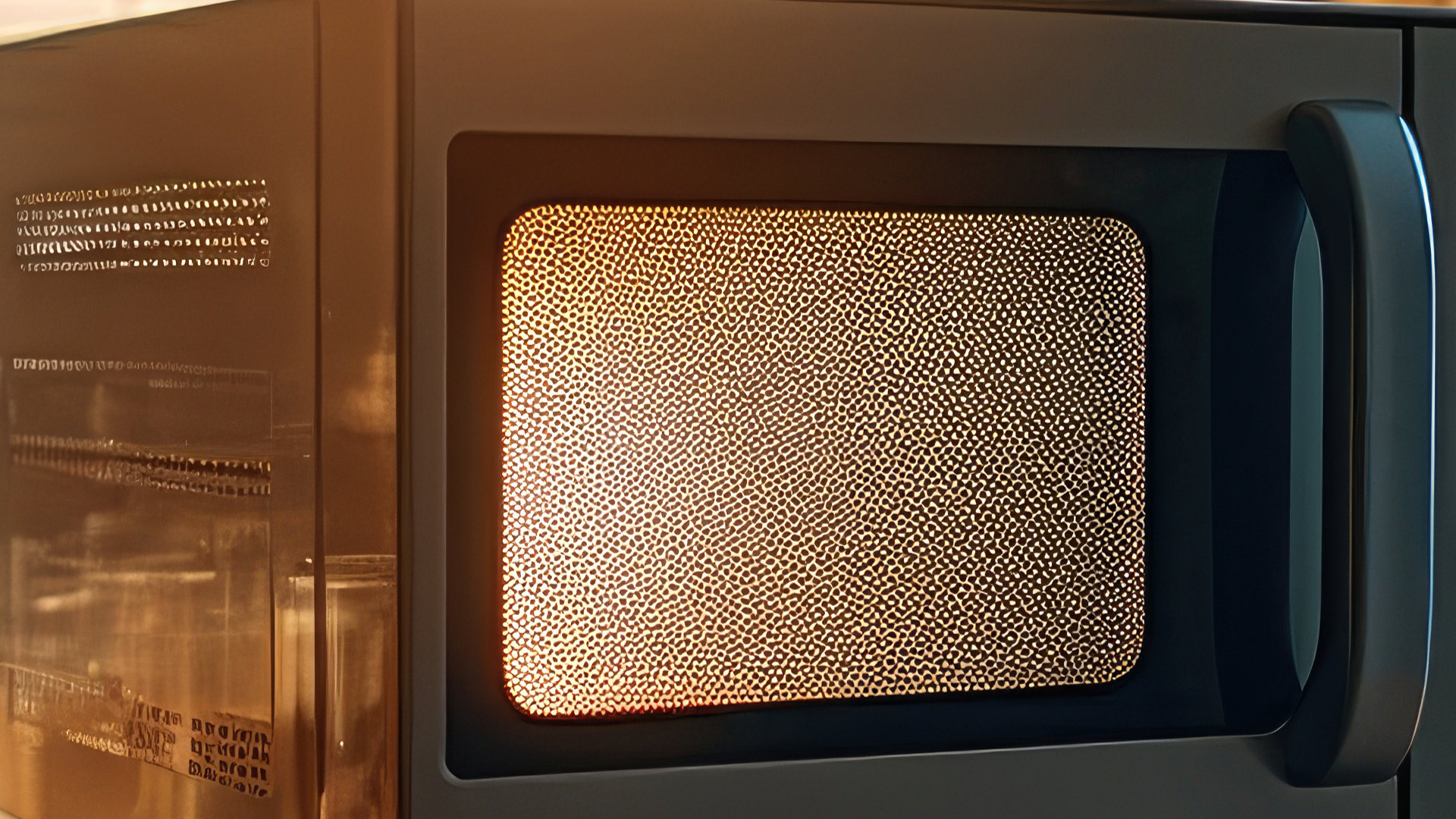
How Much Power Does a Microwave Use?
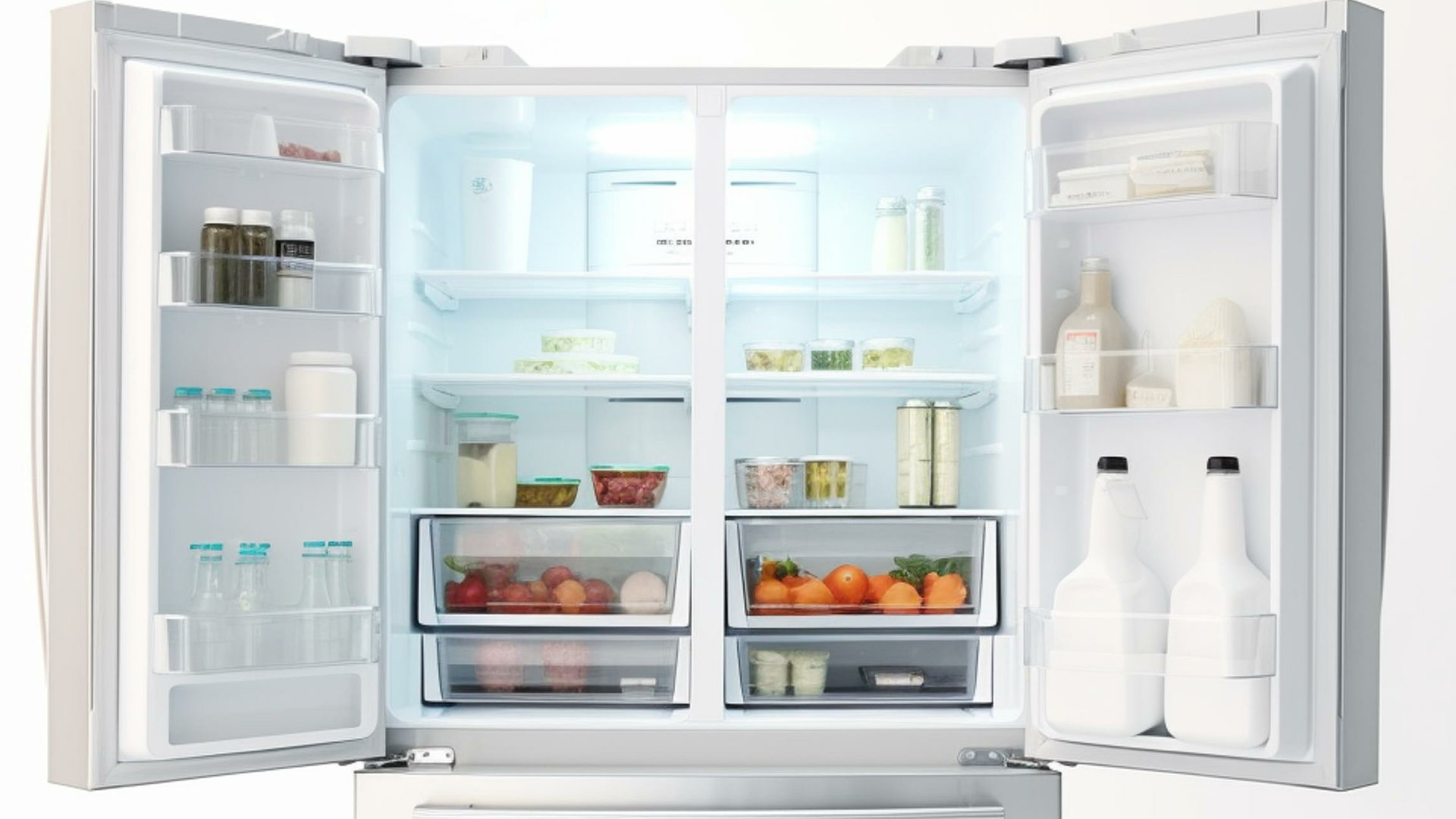
How to Properly Clean Refrigerator Coils
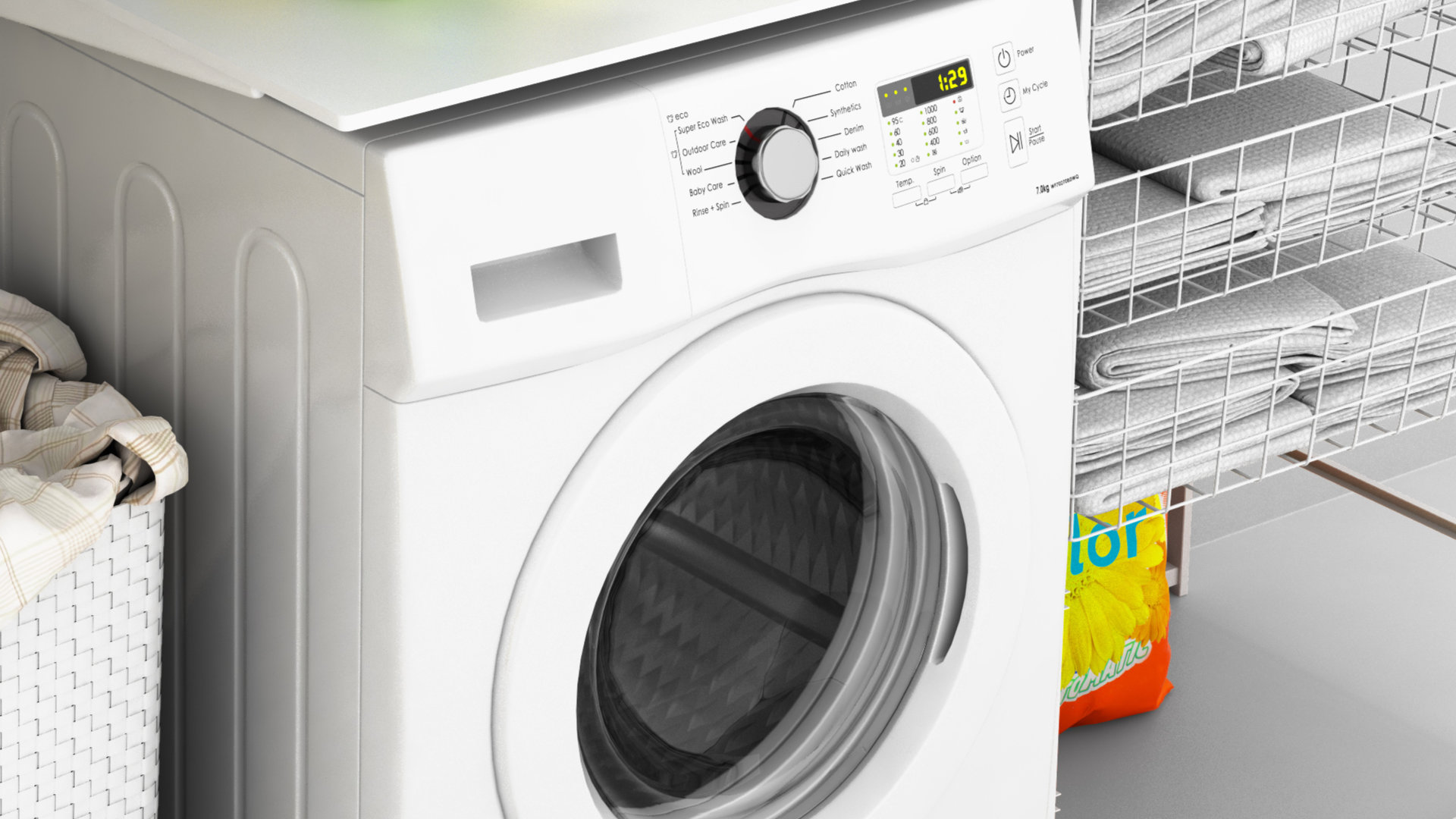
How to Fix an LG Washer Showing OE Error Code
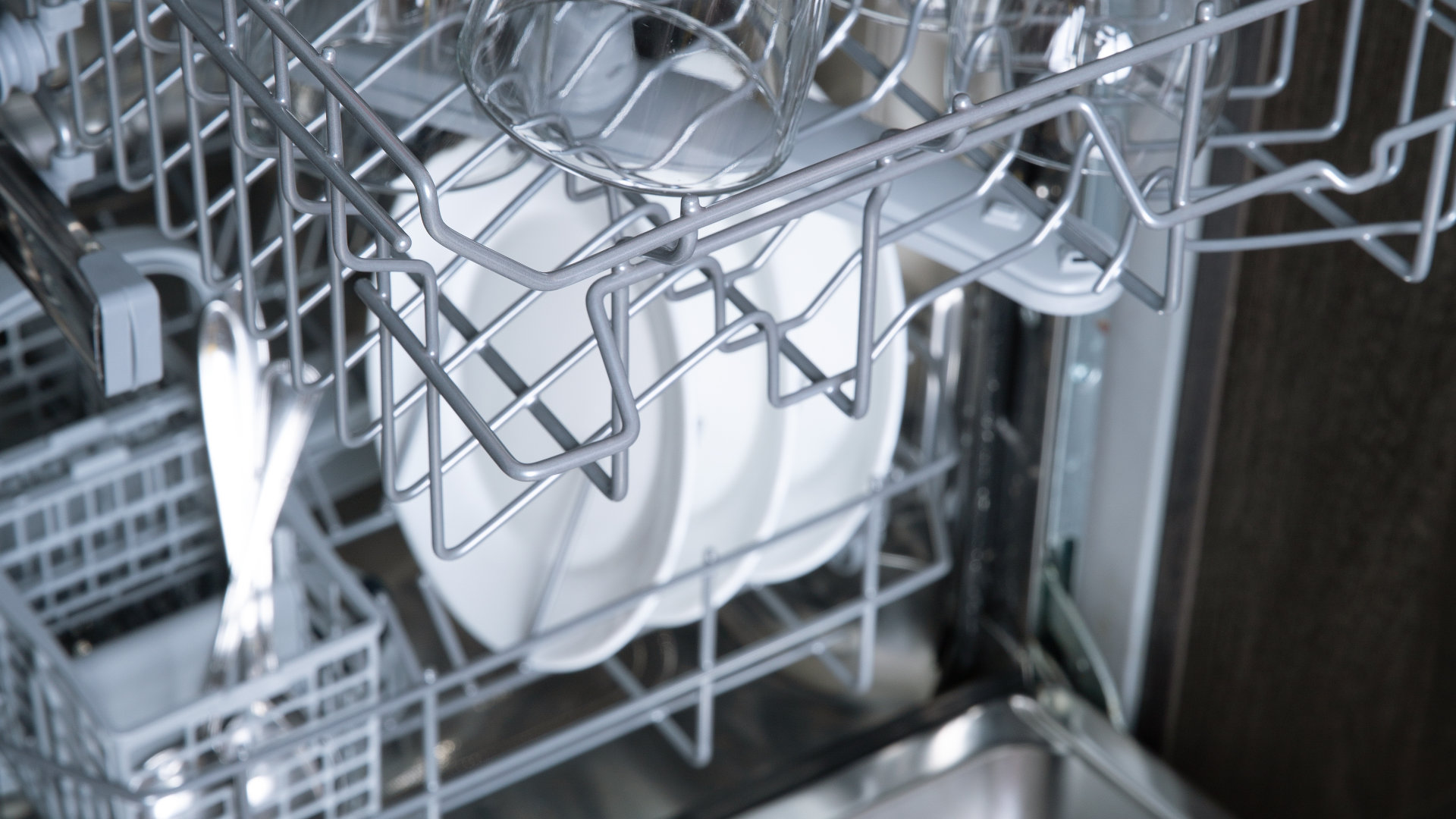
Troubleshooting a GE Dishwasher with No Power and No Lights
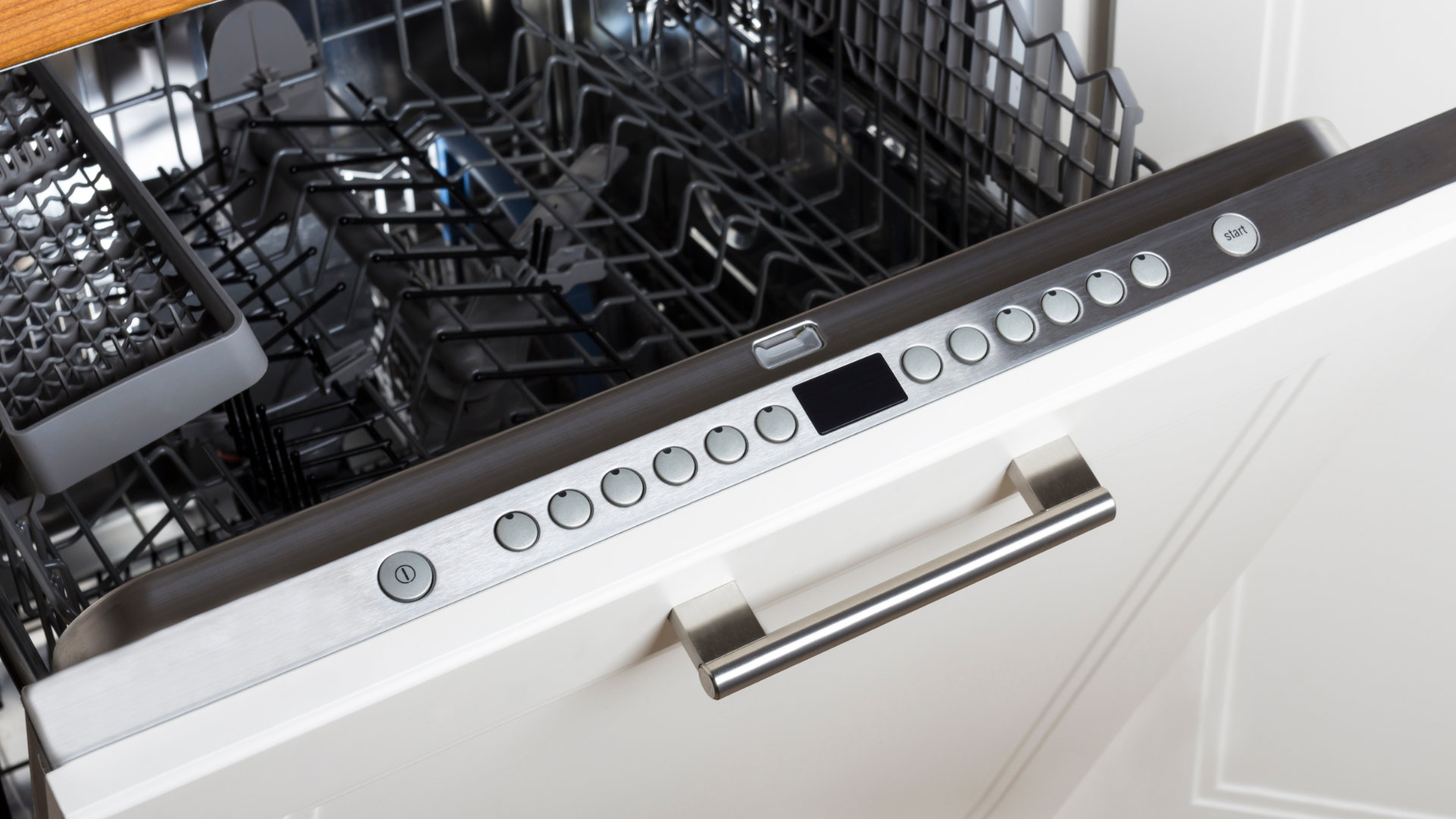
10 Reasons Why Your Bosch Dishwasher Won’t Start
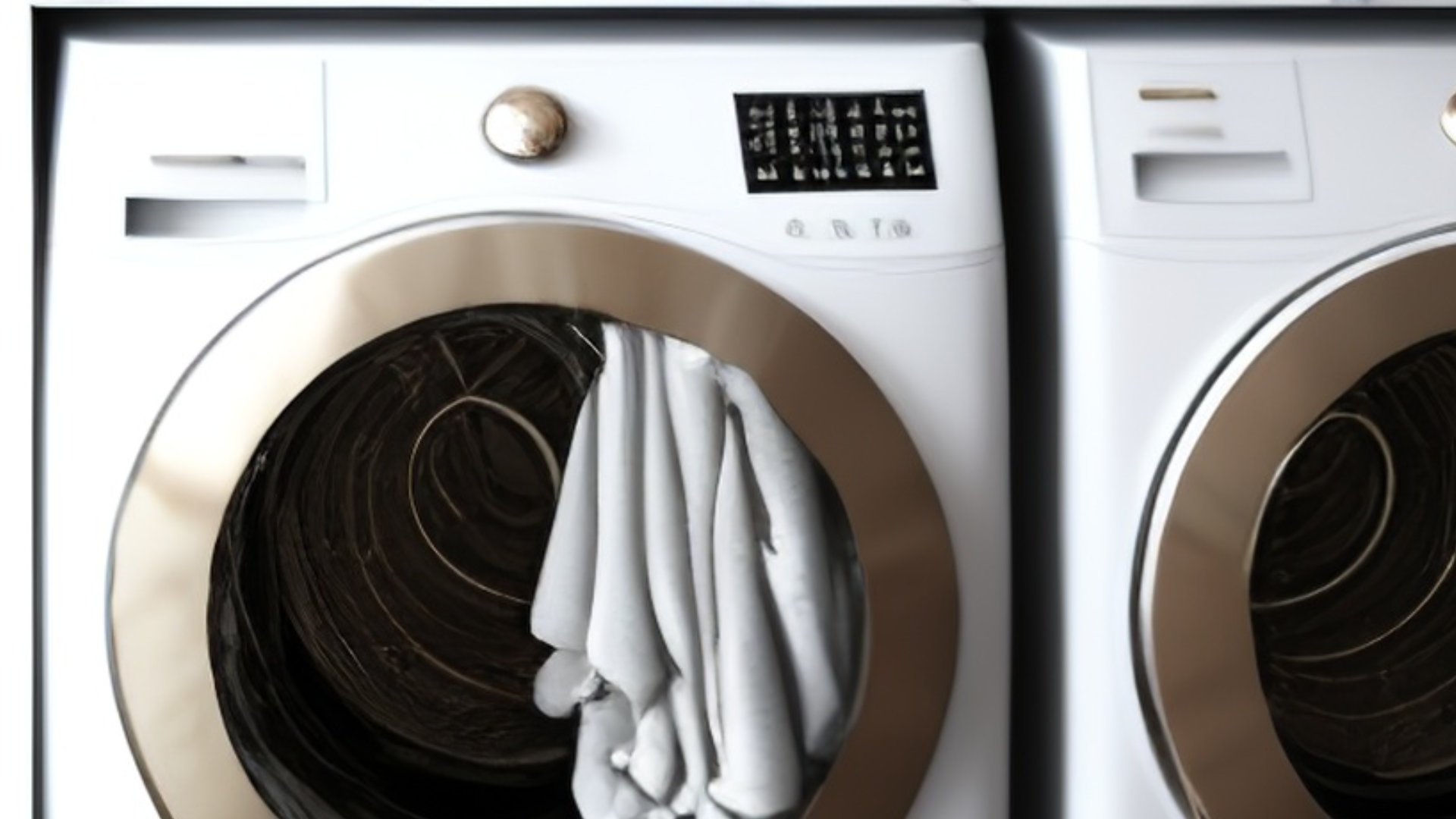
Troubleshooting the F5 Error Code with a Maytag Washer
